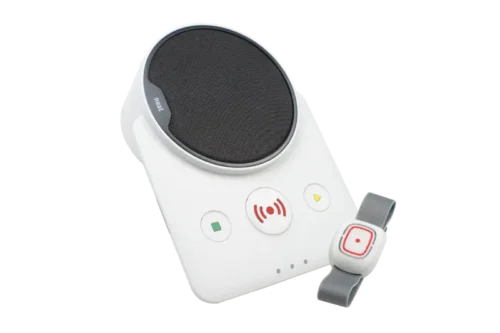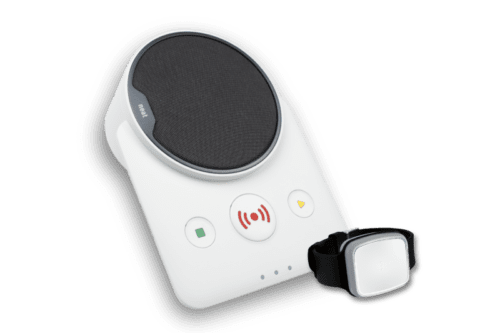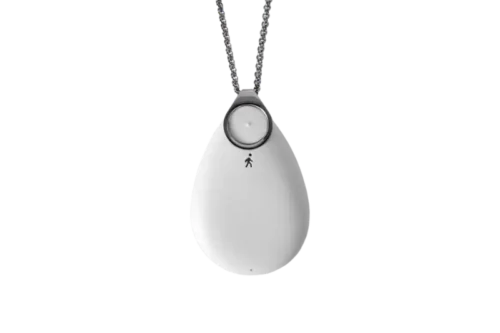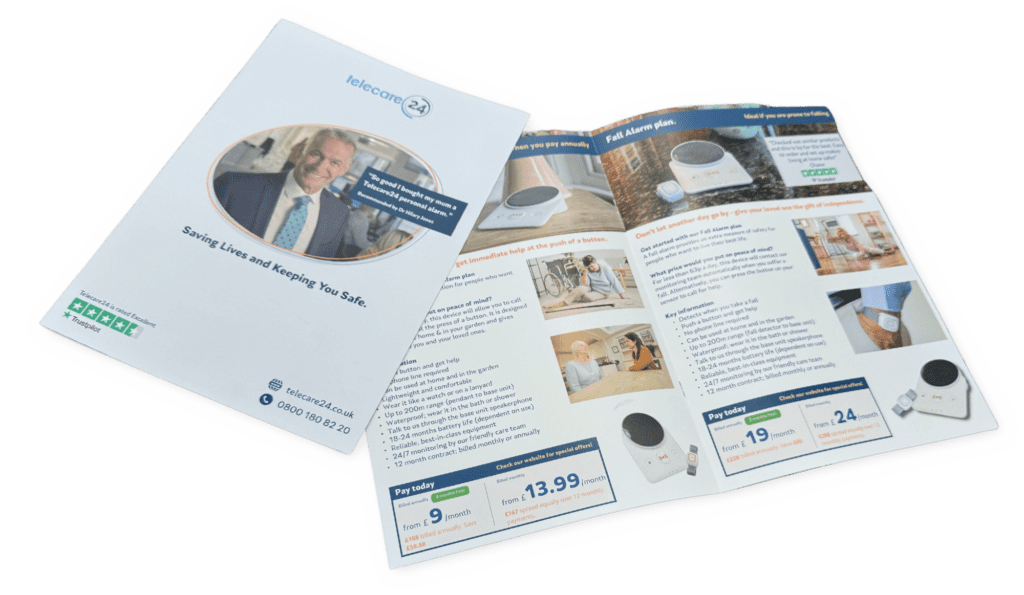Guide to Fall Alarms
Fall alarms are designed to give you and your loved ones an extra measure of safety. If you are unsteady on your feet and you suffer a heavy fall, a fall alarm will automatically send an alert for help, even if you cannot press the button.
Navigate this page
Use the links below to jump to the section you want to read first:
- What is a fall alarm?
- What does a fall alarm do?
- How do fall alarms for seniors work?
- Who do fall alert devices for seniors call for help?
- Do fall alarms for the elderly work outdoors?
- Who are fall alarms for?
- What do fall alert devices for the elderly look like?
- How many people can use a fall alarm?
- How do you order a fall alarm for the elderly?
- Does the digital switchover affect the fall sensor?
What is a fall alarm?
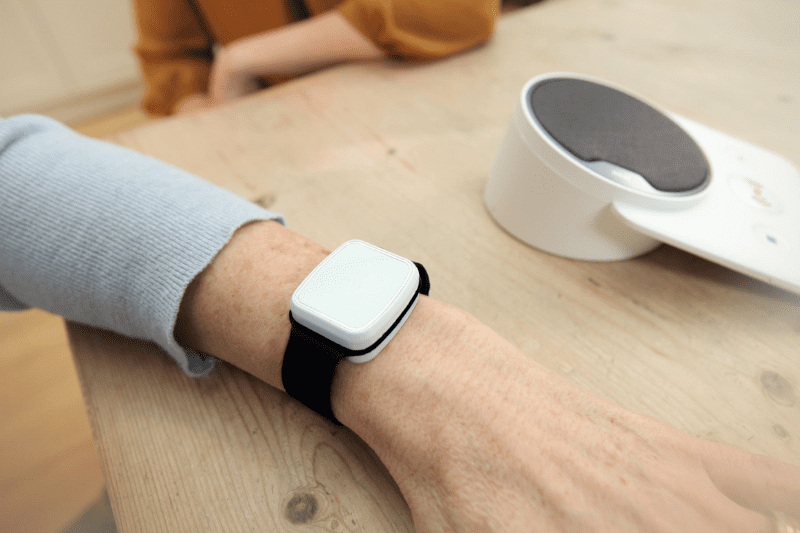

What does a fall alarm do?
How do fall alarms for seniors work?
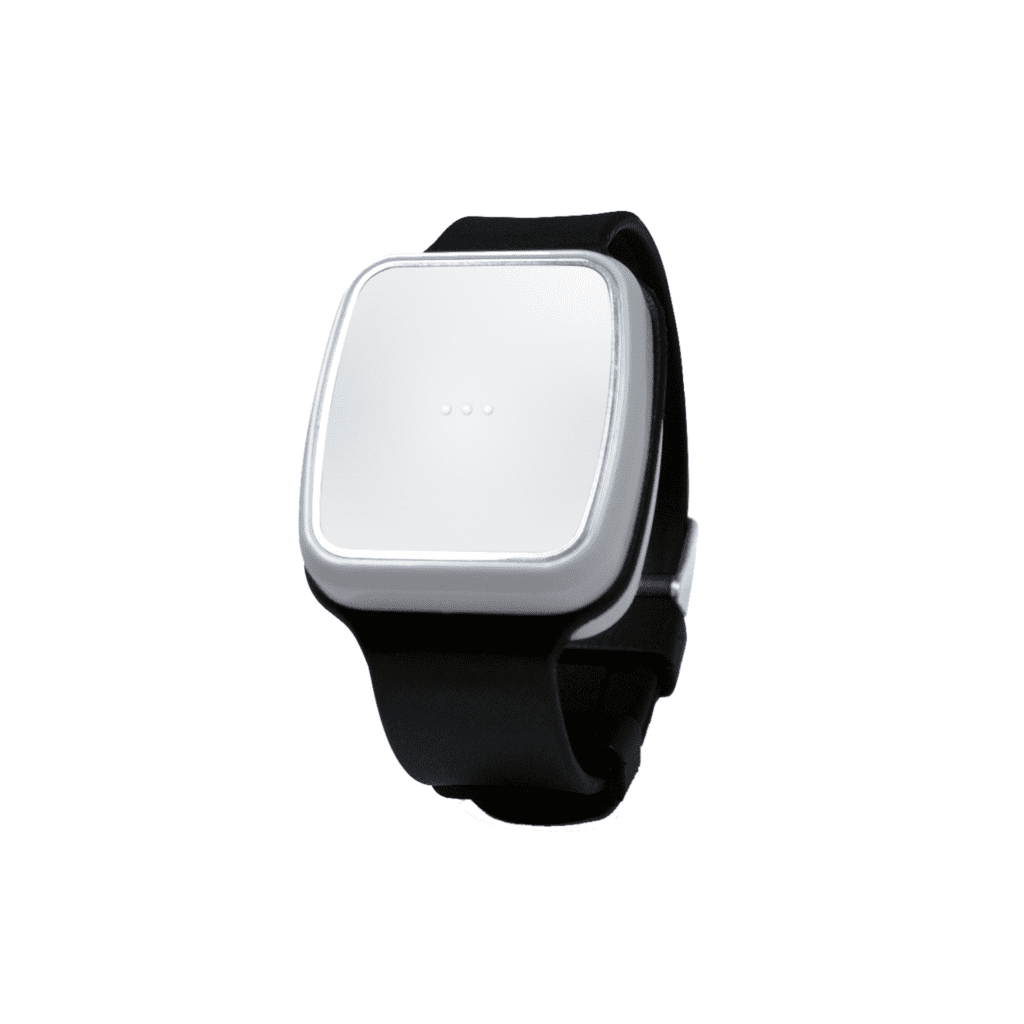
Who do fall alert devices for seniors call for help?
 ?">
?">
Do fall alarms for the elderly work outdoors?
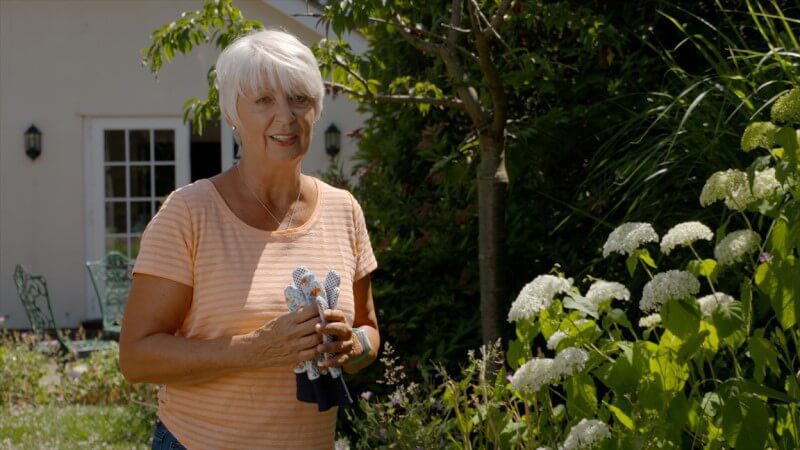

Who are fall alarms for?
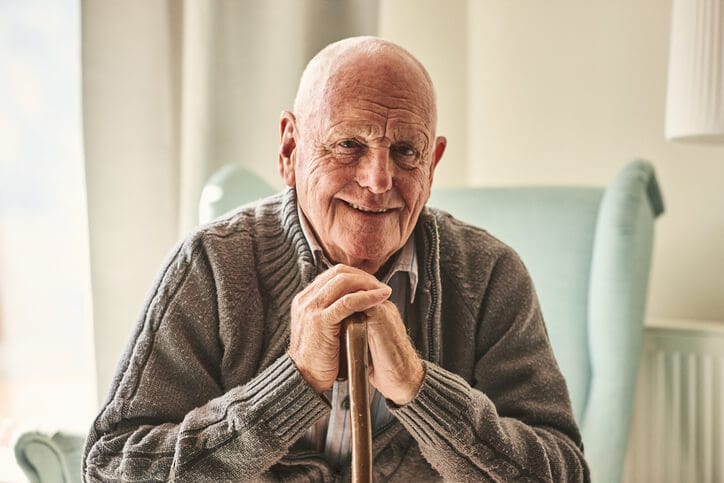
What do fall alert devices for the elderly look like?
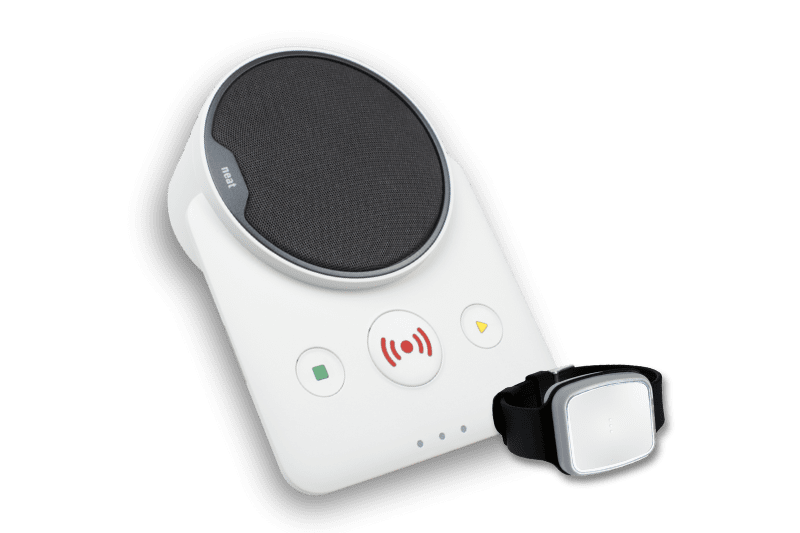
How many people can use a fall alarm?
Telecare24's digital fall alarm is unaffected by the digital switchover. No phone line required, as the device use mobile phone technology to function.
Choose a digital plan from Telecare24 now and save yourself the hassle of upgrading later.
Fall Alarm FAQs
Some more commonly asked questions about fall alarms.
A fall alarm can be used by anybody, but is most popular with elderly people who are at risk of falling at home, in the garden or while travelling.
A fall alarm is perfect for somebody who lives at home on their own. A fall alarm is also ideal for those who want to maintain their independence. It is especially popular with the elderly and can help them live full and independent lives for longer.
Thanks to their ability to detect falls, these life-saving devices are especially useful if you are unsteady on your feet and prone to falling.
Fall alert devices are typically worn around the wrist like a watch, or on a lanyard around the neck.
Please note. The wearable fall sensor you get with our Fall Alarm plan is wrist-worn only.
At Telecare24, we want to ensure you are as safe as possible, so our fall sensors are wrist-worn only. A wrist-worn fall detector is more accurate and accessible than a neck-worn fall detector in an emergency.
Other devices may be either neck-worn or wrist-worn only and this varies by product.
It’s fine to wear a fall alarm device while you are in bed, but if you prefer to take it off overnight you should keep it close by in the event you need to call for help.
Having an extra fall alarm for somebody else is a great idea for couples where either person may suffer a fall.
The best fall alarm providers will let you add more than one user when you sign up, and will only charge you for the additional equipment (and won’t charge you an additional setup fee).
Most fall alarms are waterproof and are fine to wear in the bath or shower.
You should check that a fall alarm has what is known as an ‘IP67’ rating. This means that it has been officially tested and certified as being waterproof at a depth of up to 1m for no more than 30 minutes.
The typical way to activate a fall alarm is to press the emergency call button on the wearable fall sensor device.
If the device comes paired with a base unit, you can also find an emergency call button there too.
Fall alarms can also automatically detect when you have fallen and raise the alert for you, even if you can’t.
Well-made fall alarms are designed to recognise when they are thrown or dropped and do not activate. This is to prevent accidental calls for help, which send an alert to a monitoring service.
It depends what your needs are. If you are unsteady on your feet or are prone to taking a fall, then a fall alarm could be ideal for you.
Read our complete guide to careline alarms in 2023. Request a free info pack, or send us a message, or give us a call, and we’ll be happy to help you choose the best alarm to suit your needs.
With the Digital Switchover in full effect, fall alarm customers may need to decide between an analogue fall alarm or a digital fall alarm. Which one you need depends on your individual circumstances, and whether your home has already been or is due to be upgraded to a digital line.
At Telecare24, we recognise that the digital switchover can be a bit daunting and too technical for some people to easily understand.
Give us a call free on 0800 180 85 40 and we’ll do everything we can to make the decision as easy as possible for you and your loved ones.
Epilepsy or dementia can cause changes in someone’s behaviour, movement or in level of consciousness. Not only that, someone with epilepsy or dementia can have falling issues.
To make sure that assistance is available, it is wise for people with epilepsy or dementia to use an alarm of some description to help them maintain their independence and to easily get help if required. If a fall alarm is not suitable, an epilepsy alarm might be.
The base unit that comes with fall detection alarms should have a battery backup so that it will still work for a time in the event of a power cut.
The best wearable fall sensor alarms should have an excellent battery lasting for at least 18 months, dependent on use. Keep in mind that if there is a power cut and the battery backup in the base unit has run out, the wearable alarm will not do anything when activated.
The best fall alarms are able to cover average-sized homes with enough range to include the garden, between the base unit and the wearable device.
On our pendant and fall plans, your alarm will work up to 200 metres from the base unit. That’s comfortably enough for most homes and gardens.
Please note, these distances can be affected by things like the thickness of the walls in your home, and other factors.
Our GO! GPS alarm works anywhere in the UK where there is a mobile network signal available. It uses built-in GPS technology that lets our team know where you are, making it ideal for somebody who goes out and about most of the time.
Generally speaking, fall alarms that are designed exclusively for home use typically don’t have a built-in speakerphone. In these cases, the alarms typically come paired with a base unit that has a loudspeaker and microphone for communicating both ways.
For monitored alarms that call out to a careline service, if you cannot be reached via the base unit, the best services will call you on the phone to ensure everything is okay. If you still cannot be reached, the service should contact the appropriate emergency responders in your area.
The cost of telecare services varies depending on the supplier and what features and benefits their products and services include.
Telecare24 offers a digital fall alarm plan at a very competitive price without compromising on quality. The 24/7 monitoring service is manned by a dedicated team based right here in the UK, in the heart of Bristol.
Many providers, including Telecare24, will ask new customers to pay a one-time setup fee.
For wearable devices that are paired to a base unit, most fall sensors have a range of up to 200m from the base unit. This is the maximum distance you can be from the base unit while your fall sensor can still raise the alert when activated.
For devices that come paired with a base unit, there are typically two pieces of equipment including the wearable fall sensor and the base unit which lets you speak to the careline team.
Some fall alarms do not need a base unit in order to work, such as the GPS alarm from Telecare24. Devices like these have a built-in speakerphone as well as automatic fall detection.
